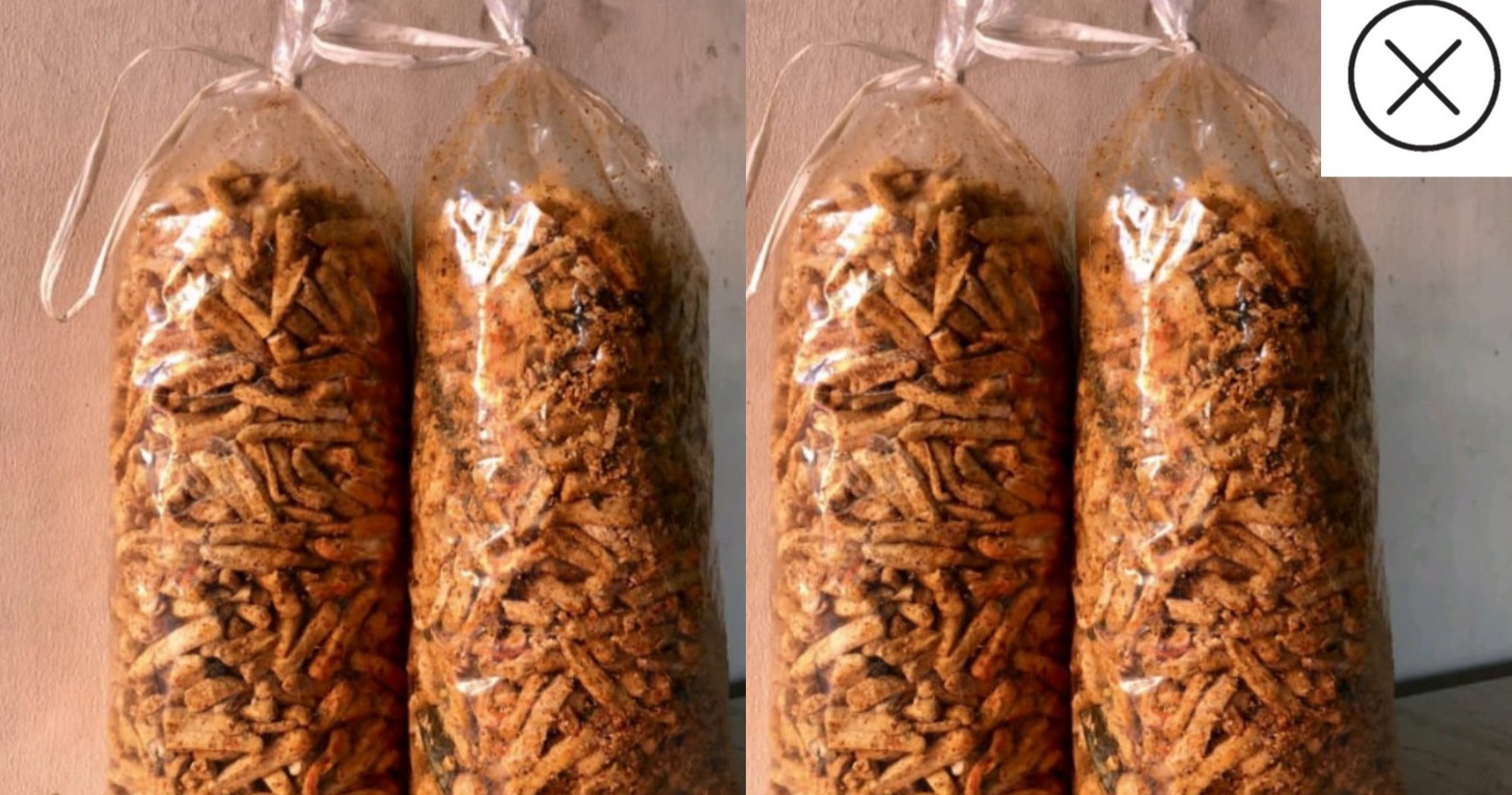Skin

The skin is the largest organ of the body, with a total area of about 20 square feet. The skin protects us from microbes and the elements, helps regulate body temperature, and permits the sensations of touch, heat, and cold.
Skin has three layers:
- The epidermis, the outermost layer of skin, provides a waterproof barrier and creates our skin tone.
- The dermis, beneath the epidermis, contains tough connective tissue, hair follicles, and sweat glands.
- The deeper subcutaneous tissue (hypodermis) is made of fat and connective tissue.
The skin�s color is created by special cells called melanocytes, which produce the pigment melanin. Melanocytes are located in the epidermis.
Skin Conditions
- Rash: Nearly any change in the skin�s appearance can be called a rash. Most rashes are from simple skin irritation; others result from medical conditions.
- Dermatitis: A general term for inflammation of the skin. Atopic dermatitis (a type of eczema) is the most common form.
- Eczema: Skin inflammation (dermatitis) causing an itchy rash. Most often, it�s due to an overactive immune system.
- Psoriasis: An autoimmune condition that can cause a variety of skin rashes. Silver, scaly plaques on the skin are the most common form.
- Dandruff: A scaly condition of the scalp may be caused by seborrheic dermatitis, psoriasis, or eczema.
- Acne: The most common skin condition, acne affects over 85% of people at some time in life.
- Cellulitis: Inflammation of the dermis and subcutaneous tissues, usually due to an infection. A red, warm, often painful skin rash generally results.
- Skin abscess (boil or furuncle): A localized skin infection creates a collection of pus under the skin. Some abscesses must be opened and drained by a doctor in order to be cured.
- Rosacea: A chronic skin condition causing a red rash on the face. Rosacea may look like acne, and is poorly understood.
- Warts: A virus infects the skin and causes the skin to grow excessively, creating a wart. Warts may be treated at home with chemicals, duct tape, or freezing, or removed by a physician.
- Melanoma: The most dangerous type of skin cancer, melanoma results from sun damage and other causes. A skin biopsy can identify melanoma.
- Basal cell carcinoma: The most common type of skin cancer. Basal cell carcinoma is less dangerous than melanoma because it grows and spreads more slowly.
- Seborrheic keratosis: A benign, often itchy growth that appears like a �stuck-on� wart. Seborrheic keratoses may be removed by a physician, if bothersome.
- Actinic keratosis: A crusty or scaly bump that forms on sun-exposed skin. Actinic keratoses can sometimes progress to cancer.
- Squamous cell carcinoma: A common form of skin cancer, squamous cell carcinoma may begin as an ulcer that won�t heal, or an abnormal growth. It usually develops in sun-exposed areas.
- Herpes: The herpes viruses HSV-1 and HSV-2 can cause periodic blisters or skin irritation around the lips or the genitals.
- Hives: Raised, red, itchy patches on the skin that arise suddenly. Hives usually result from an allergic reaction.
- Tinea versicolor: A benign fungal skin infection creates pale areas of low pigmentation on the skin.
- Viral exantham: Many viral infections can cause a red rash affecting large areas of the skin. This is especially common in children.
- Shingles (herpes zoster): Caused by the chickenpox virus, shingles is a painful rash on one side of the body. A new adult vaccine can prevent shingles in most people.
- Scabies: Tiny mites that burrow into the skin cause scabies. An intensely itchy rash in the webs of fingers, wrists, elbows, and buttocks is typical of scabies.
- Ringworm: A fungal skin infection (also called tinea). The characteristic rings it creates are not due to worms.
Skin Tests
- Skin biopsy: A piece of skin is removed and examined under a microscope to identify a skin condition.
- Skin testing (allergy testing): Extracts of common substances (such as pollen) are applied to the skin, and any allergic reactions are observed.
- Tuberculosis skin test (purified protein derivative or PPD): Proteins from the tuberculosis (TB) bacteria are injected under the skin. In someone who�s had TB, the skin becomes firm.
Skin Treatments
- Corticosteroids (steroids): Medicines that reduce immune system activity may improve dermatitis. Topical steroids are most often used.
- Antibiotics: Medicines that can kill the bacteria causing cellulitis and other skin infections.
- Antiviral drugs: Medicines can suppress the activity of the herpes virus, reducing symptoms.
- Antifungal drugs: Topical creams can cure most fungal skin infections. Occasionally, oral medicines may be needed.
- Antihistamines: Oral or topical medicines can block histamine, a substance that causes itching.
- Skin surgery: Most skin cancers must be removed by surgery.
- Immune modulators: Various drugs can modify the activity of the immune system, improving psoriasis or other forms of dermatitis.
- Skin moisturizers (emollients): Dry skin is more likely to become irritated and itchy. Moisturizers can reduce symptoms of many skin conditions.
